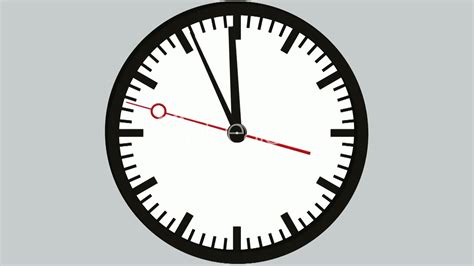Weakness in labor
Diagnosis often a result of time pressure
The development of labor pains varies individually. According to archaic developmental processes, contractions come from the brainstem. Disturbances can be caused by restlessness, stress, bright light, feelings of foreignness and fear. So far clinical routine has shown little consideration for this precondition..A certain number of hours has been defined for the opening of the cervix during dilation phase of birth. A uniform time period is taken as a basis for all women.
 Foto: Pixabay free
Foto: Pixabay free
As a result, women whose cervical opening takes longer are diagnosed with "weakness in labor". From that moment onwards, the woman is regarded as a patient in need of treatment. She receives labour-accelerating medication. This happens to every fifth woman in Germany.
Medical historical studies (1) show that "weakness in labor" is a clinical diagnosis made when a woman does not "manage" opening of the cervix within the proposed period of time or does not fulfil a medically determined timing. The woman, individually, is subjected to the calculated average, regardless of whether it is her first or second child.
As soon as synthetic oxytocic agents are administered, the finely tuned hormonal interplay between mother and baby may be disturbed to such an extent as to make natural birth impossible. From now on, the permanent CTG is applied in order to continuously monitor the heartbeat of baby and mother. Empirically the artificially generated intensity and frequency of contractions often lead to severe pain. This results in either the mother's desire for painkillers or they are offered and in any way administered to her. A circulatory weakness or other side effects can occur as a further consequence. In this case further medication is required to control the birth process artificially.
Often an epidural anesthaesia is given. The woman giving birth feels little or nothing at all in her lower body. Movements of the mother, which help the baby to find its way, are no hardly imaginable. The baby often reacts to contractions and painkillers developing "bad heart sounds". The woman giving birth is also hindered in her freedom of movement by the approximately 6 cm wide belt connecting her to the CTG device. Up to 50 % of all CTG measurements before and during birth lead to false diagnoses concerning the risk situation of the child (German Society for Gynaecology and Obstetrics 2014). In the two hours before birth, 90% of CTG recordings show pathological values. ("Against the trend - How to lower the Caesarean section rate" brochure of AKF 2018, p. 12)
If the birth process gets out of control, it is “natural” to head for the "saving" caesarean section. See also Birth ABC: Intervention Cascade.
The fact that women suffer much less from "weak contractions" outside the hospital shows that psychosocial factors are decisive in the development of contractions. Time constraints in clinics lead to women being rushed and under pressure during childbirth. Individual and psychosocial factors are not taken into account, such as the unfamiliar situation in the clinic, lack of personal care and being left alone, fear of pain, fear of the approaching great responsibility and the family situation in the background.
Birth takes time, because it is an individual maturation step in and development. Without external pressure, the mother-to-be can relax and open up more easily. That is why it is so important to give her the time she needs.
(1) Duden, B, Vogeler, K,: Was wirklich zählt, lässt sich nicht zählen. In: Deutsche Hebammenzeitung (DHZ) 2016.68(1) 20-26
